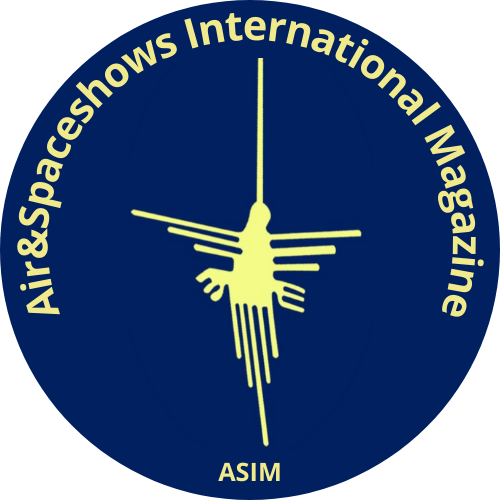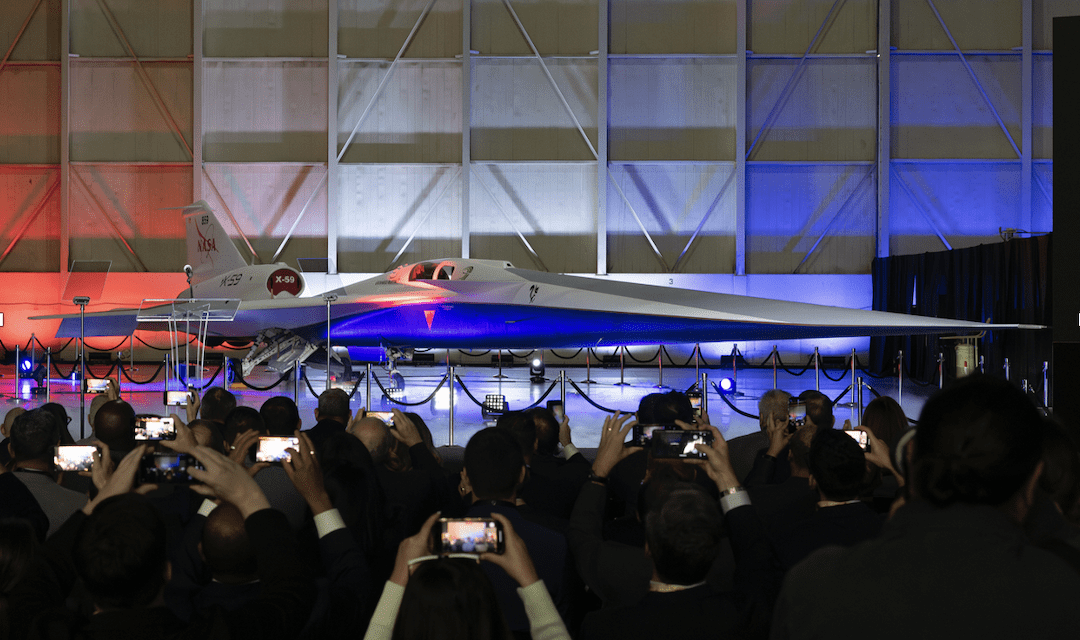ASIM, feb 28
Paul Dees, serving as the deputy propulsion lead for NASA’s X-59 supersonic jet, finds himself immersed in a myriad of responsibilities for this groundbreaking experimental aircraft, poised to surpass Mach 1 and reach altitudes higher than most high-performance planes. His duties involve overseeing the integration, testing, and operational aspects of the jet’s F414-GE-100 engine, a role that involves collaboration with engineers from NASA’s Armstrong Flight Center, NASA’s Glenn Research Center, Lockheed Martin’s Skunk Works facility, and GE Aerospace. This entails a combination of hands-on tasks, such as installing and testing systems for flight, alongside strategic planning for future endeavors. Despite the challenges faced during engine integration, Dees expresses satisfaction upon witnessing the culmination of months of hard work during the X-59’s unveiling ceremony in early January.
The genesis of the Quesst mission traces back to 2014 when it commenced as a design study aimed at advancing commercial supersonic technology research within NASA’s aeronautics program. Marked by its distinctive design, including a needle-shaped nose and swept wingspan, the X-59 is meticulously crafted to mitigate the noise generated by supersonic aircraft when breaking the sound barrier. Central to this design philosophy is the concept of shaping the sonic boom, with Dees emphasizing the primary objective of crafting a quiet sonic thump. To address this challenge, the X-59 incorporates a unique feature: a top-aft mounted engine. By situating the F414-GE-100 inlet atop the aircraft, the design aims to redirect the shockwave upwards, effectively reducing the pressure differential experienced at ground level and minimizing the sonic boom’s impact.




